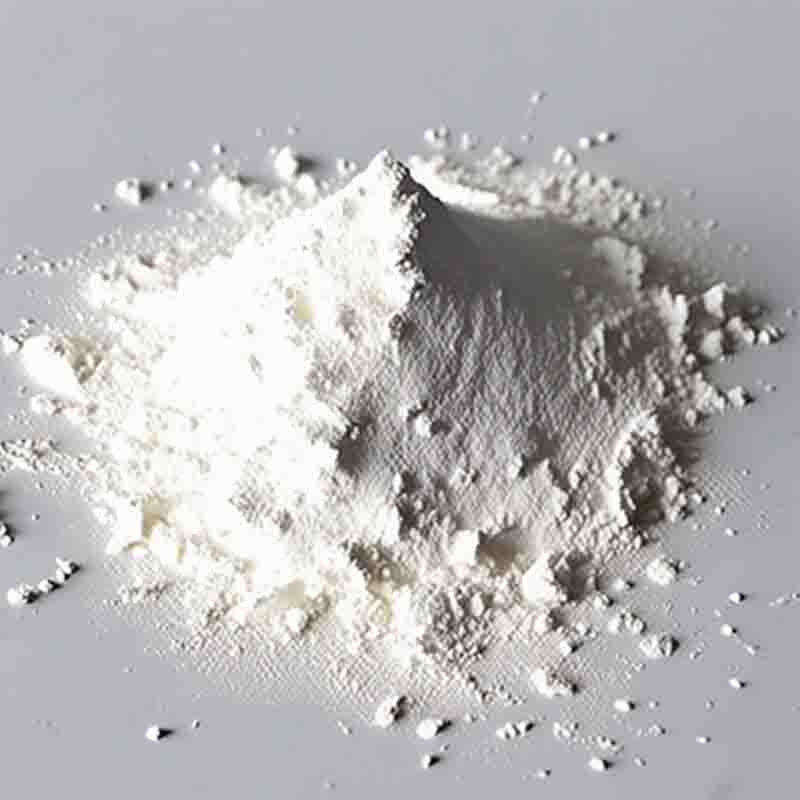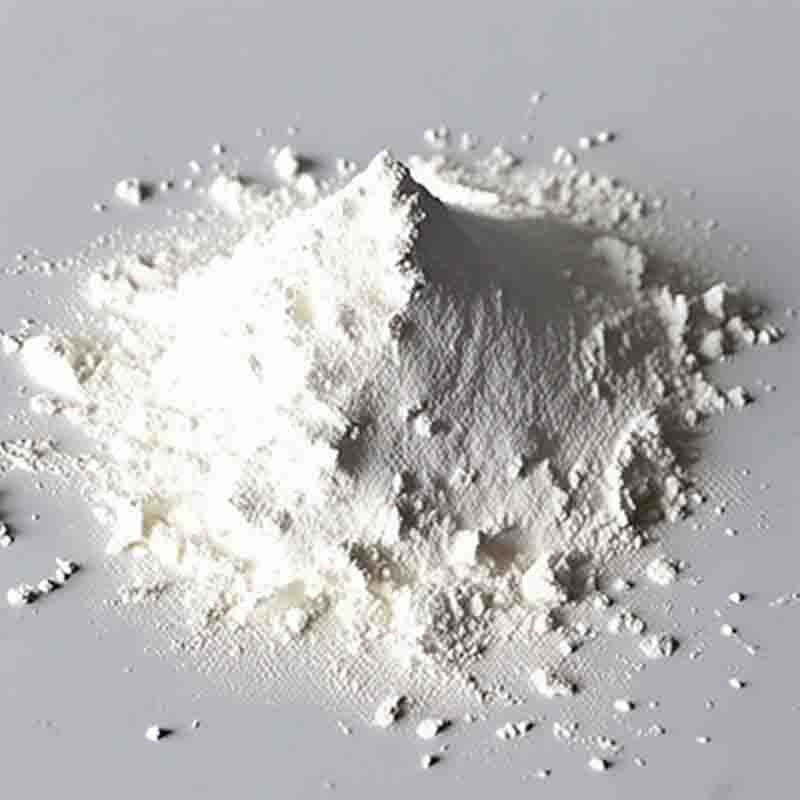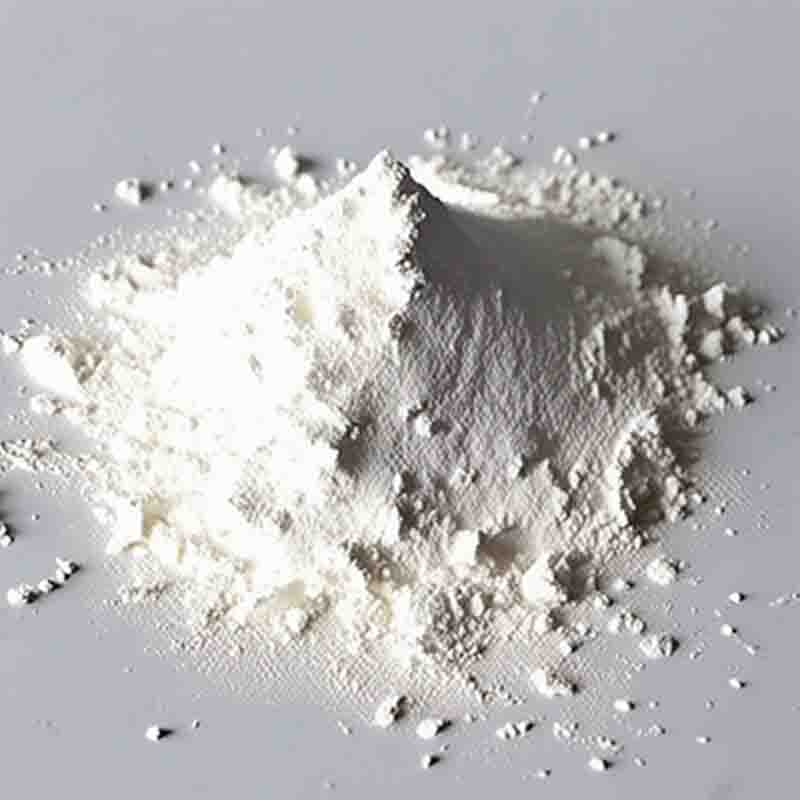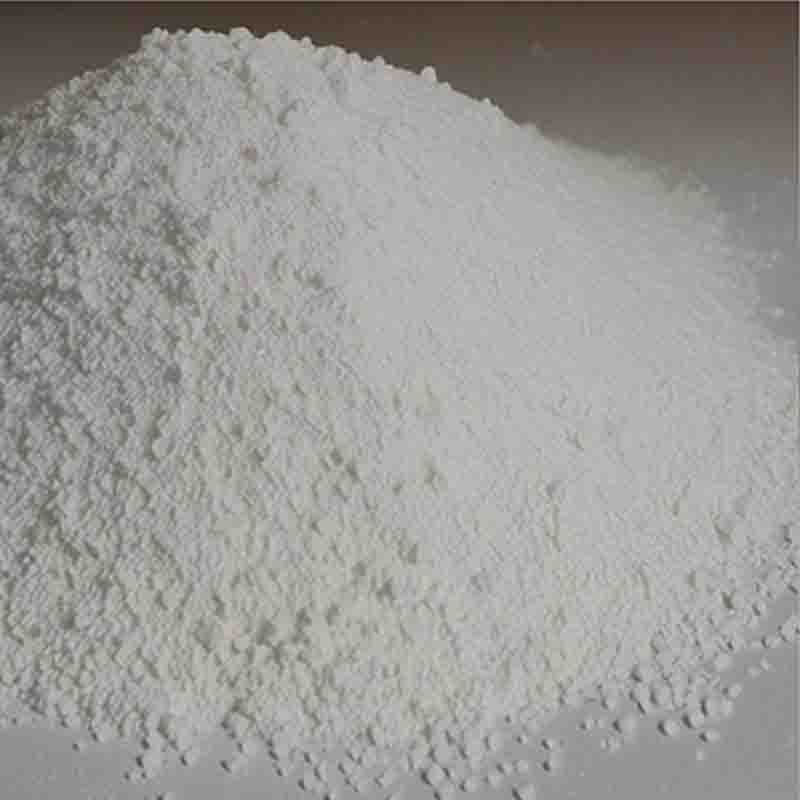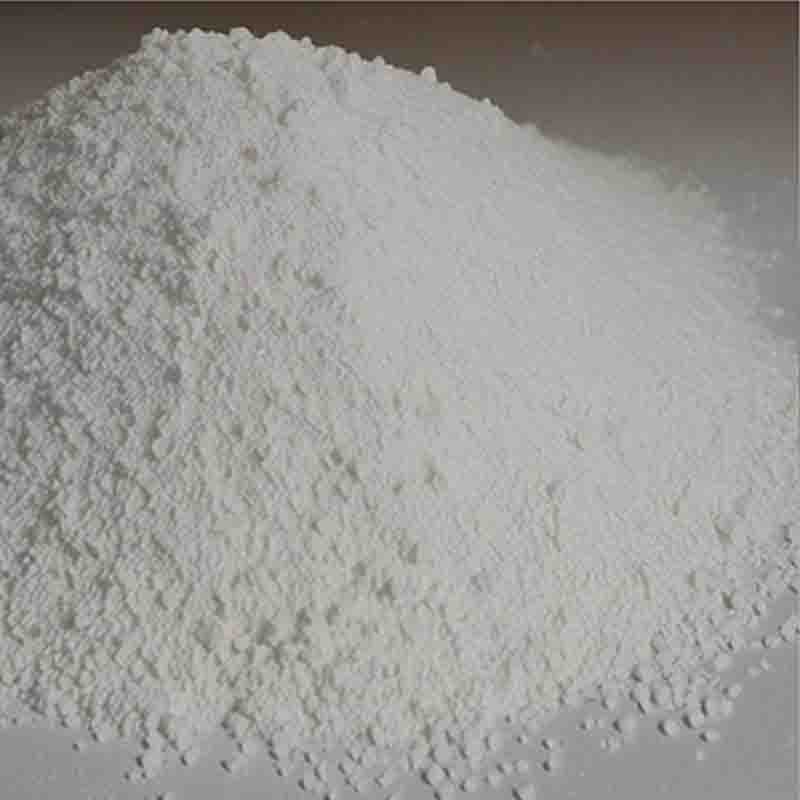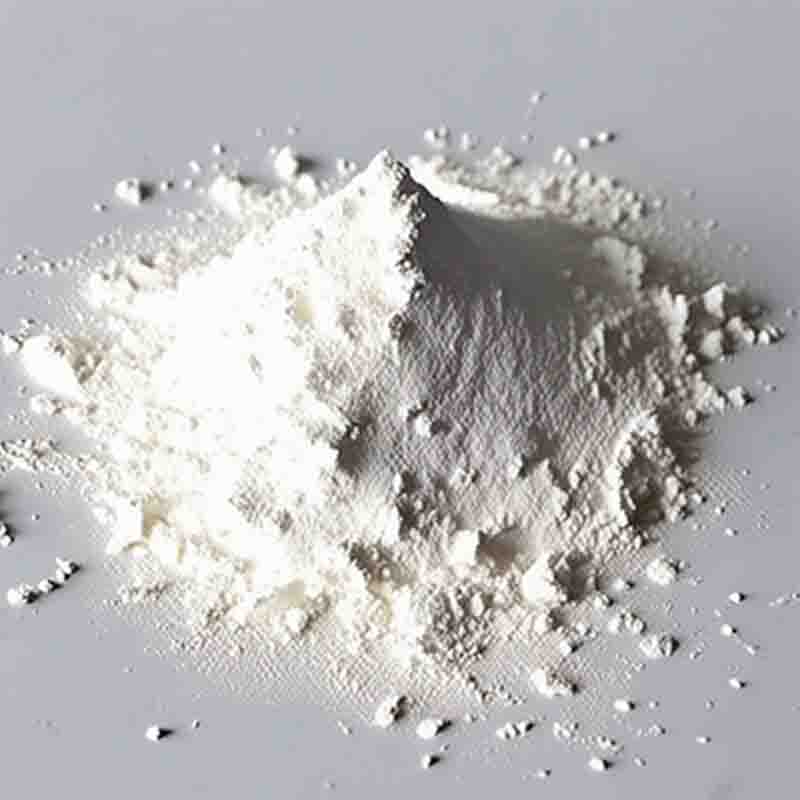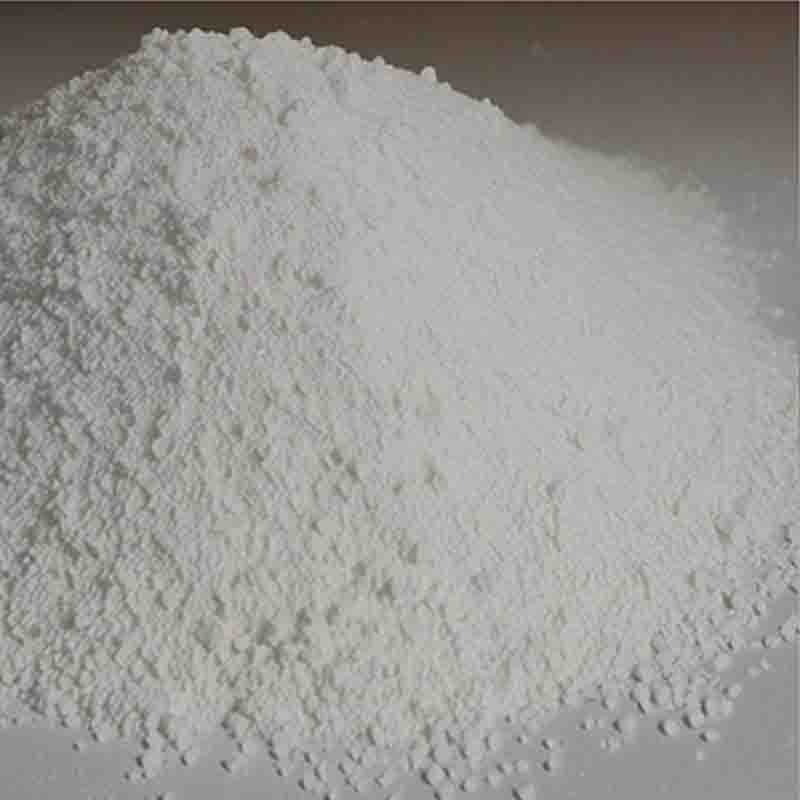1-(2,3-Dichlorophenyl)piperazine hydrochloride CAS: 119532-26-2
| Catalog Number | XD91271 |
| Product Name | DL-Tyrosine |
| CAS | 556-03-6 |
| Molecular Formula | C9H11NO3 |
| Molecular Weight | 181.18 |
| Storage Details | Ambient |
| Harmonized Tariff Code | 29225000 |
Product Specification
| Appearance | White powder |
| Assay | 99% min |
1-(2,3-Dichlorophenyl)piperazine hydrochloride, also known as 2,3-DCPP, is a chemical compound with diverse uses in different fields, primarily in pharmaceuticals and research.In the pharmaceutical industry, 1-(2,3-Dichlorophenyl)piperazine hydrochloride is commonly utilized as an intermediate or precursor in the synthesis of various drugs. It possesses a unique molecular structure that allows for modifications and functionalizations, which can lead to the development of new pharmaceutical compounds. The presence of the piperazine group in its structure makes it a valuable building block in the creation of medications, especially those targeting the central nervous system.1-(2,3-Dichlorophenyl)piperazine hydrochloride is extensively utilized in the research and development of drugs that modulate neurotransmitter systems in the brain. This compound's structural similarity to other piperazine derivatives, which often exhibit pharmacological activity, makes it an attractive starting point for the synthesis of potential drug candidates. By introducing modifications to the molecule, scientists can optimize its properties, such as its affinity for specific receptor sites or its pharmacokinetic profile, leading to the discovery of novel therapeutic agents.Furthermore, this compound's use in the research and development stage extends to studying the mechanisms of action of certain drugs and investigating the pharmacological effects they elicit. By utilizing 1-(2,3-Dichlorophenyl)piperazine hydrochloride as a tool compound, scientists can gain insights into how different receptors and neurotransmitter systems function, aiding in the understanding of complex diseases and facilitating the development of targeted treatment strategies.Caution must be exercised when handling 1-(2,3-Dichlorophenyl)piperazine hydrochloride, as it is a potentially hazardous substance. Adequate safety measures, such as laboratory protocols and personal protective equipment, should be implemented to avoid any accidental contact with skin, eyes, or inhalation of fumes.In summary, 1-(2,3-Dichlorophenyl)piperazine hydrochloride is a versatile compound widely used in the pharmaceutical industry and research settings. Its role as an intermediate in drug synthesis and its structural features enable scientists to explore its various applications, from the development of new medications to the understanding of complex neurological systems. Proper safety precautions should always be followed when handling this compound.


